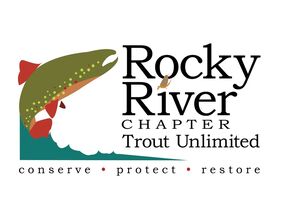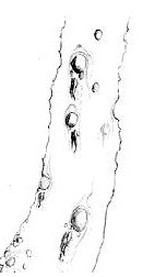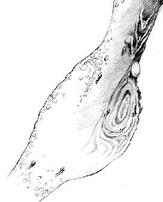Fly Fishing Basics (continued)
Fly Fishing Basics is organized in a sequence as follows: equipment, gear, tackle, tools, knots, leaders, leader building and tippets, adding weight and an indicator, tandem rigging, fly selection and fly casting on the leading web page. Fly Fishing Basics is continued here with identifying your trout, setting-playing-landing-photographing-releasing your trout, finding fish, stealthiness and camoflague, stream etiquette and streamside comfort.
Identifying your trout
To most of us it is important to be able to identity the fish the fish you just caught. Here are the three species of trout found in North Carolina and the southern Appalachians. All three species are Salmonids. Each species does have a differentiating look from the others.
Identifying your trout
To most of us it is important to be able to identity the fish the fish you just caught. Here are the three species of trout found in North Carolina and the southern Appalachians. All three species are Salmonids. Each species does have a differentiating look from the others.
Salmonid - Sal-mon`-id: Fsh of the family Salmonidae that includes Trout, Salmon, Char, Whitefish, and Grayling. Known to inhabit coldwater ecosystems and to have low tolerance for habitat degradation. Although common called a brook trout, our native salmonid species in the southern Appalachian is actually a Char.
_________________________________________________________________________________________________________________
Rocky River Chapter of Trout Unlimited - 2014
Rocky River Chapter of Trout Unlimited - 2014






